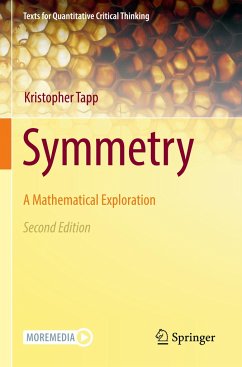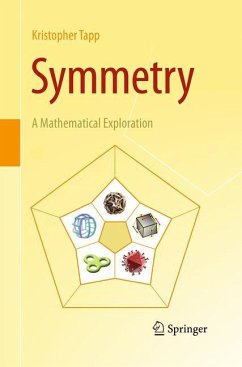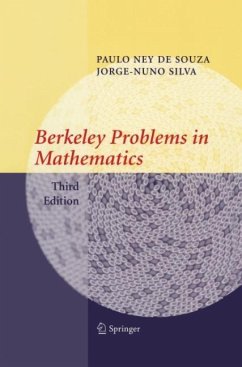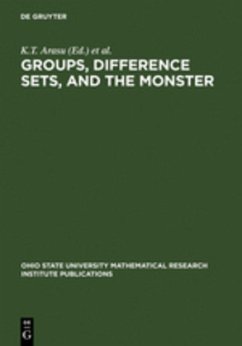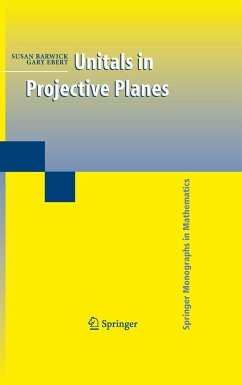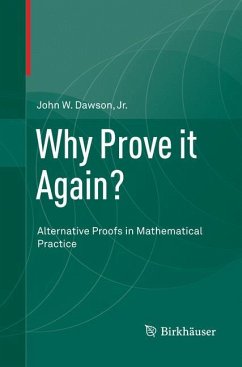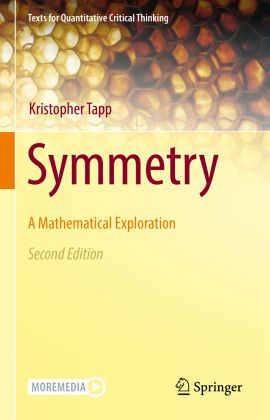
Symmetry
A Mathematical Exploration
Versandkostenfrei!
Versandfertig in 6-10 Tagen
38,99 €
inkl. MwSt.
Weitere Ausgaben:

PAYBACK Punkte
19 °P sammeln!
This textbook invites readers to explore the properties of objects that we effortlessly recognize as symmetrical. From the human body, to elaborate artworks and abstract networks, symmetry is ubiquitous in the world around us; it is essential to function and beauty across the built and natural world. By developing mathematical language to describe symmetry, this textbook equips readers to explore symmetries with precision, illuminating commonalities across art and science.Beginning with an exploration of intuitive notions of symmetry, the author introduces the algebraic structure of groups by ...
This textbook invites readers to explore the properties of objects that we effortlessly recognize as symmetrical. From the human body, to elaborate artworks and abstract networks, symmetry is ubiquitous in the world around us; it is essential to function and beauty across the built and natural world. By developing mathematical language to describe symmetry, this textbook equips readers to explore symmetries with precision, illuminating commonalities across art and science.
Beginning with an exploration of intuitive notions of symmetry, the author introduces the algebraic structure of groups by examining rotations and reflections. Topics that follow include the classification of two-dimensional patterns, the Platonic solids, and a study of real and prime numbers. This second edition features numerous new examples and exercises, "Elements of Mathematics" sections that more closely examine mathematical tools, and optional content that offers opportunities for extension. Figures are woven into the presentation throughout, with many illustrations now offered in motion as integrated video content.
Symmetry suits a wide audience, demanding no mathematical training past high school basics, yet stretching the imagination of math and non-math majors alike. Its engaging yet rigorous style offers a window into mathematicians' ways of thinking. By developing mathematical reasoning skills in a spatial context, this text is ideal for a course that meets quantitative requirements for non-STEM majors. Instructors will appreciate the author's comprehensive online resources, which include a full set of animated lecture slides; all readers will delight in watching the book's content come alive using the multimedia app.
Beginning with an exploration of intuitive notions of symmetry, the author introduces the algebraic structure of groups by examining rotations and reflections. Topics that follow include the classification of two-dimensional patterns, the Platonic solids, and a study of real and prime numbers. This second edition features numerous new examples and exercises, "Elements of Mathematics" sections that more closely examine mathematical tools, and optional content that offers opportunities for extension. Figures are woven into the presentation throughout, with many illustrations now offered in motion as integrated video content.
Symmetry suits a wide audience, demanding no mathematical training past high school basics, yet stretching the imagination of math and non-math majors alike. Its engaging yet rigorous style offers a window into mathematicians' ways of thinking. By developing mathematical reasoning skills in a spatial context, this text is ideal for a course that meets quantitative requirements for non-STEM majors. Instructors will appreciate the author's comprehensive online resources, which include a full set of animated lecture slides; all readers will delight in watching the book's content come alive using the multimedia app.



